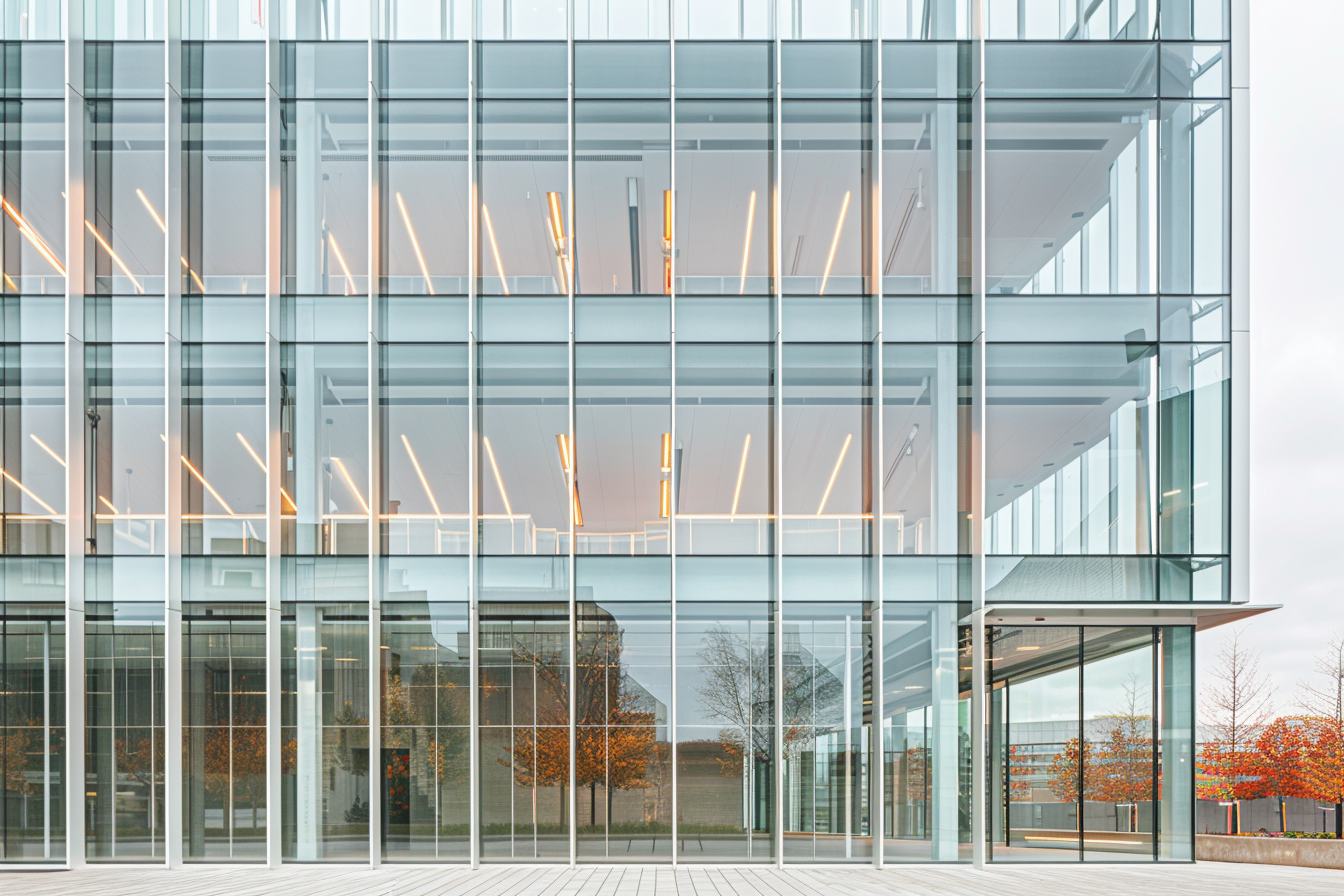Contemporary Façade Innovations

Introduction
Façade design has evolved dramatically in the last few decades, shifting from primarily aesthetic expressions to multi-functional, climate-responsive, and technologically sophisticated building envelopes. Today, façades not only define a structure's visual identity but also play a critical role in its energy efficiency, occupant comfort, and long-term sustainability.For recent architecture graduates transitioning from academic environments into professional practice, understanding contemporary façade innovations is vital. Beyond visual appeal, these systems incorporate environmental performance, structural dynamics, and advanced digital fabrication techniques. This article bridges the gap between theory and practice by exploring foundational principles, technical aspects, and exemplary case studies in modern façade design.
What You Will Learn:
- Key drivers of façade innovation in modern architecture
- Practical case studies highlighting successful design and performance
- Essential technical considerations and codes
- Common pitfalls and how to avoid them
- Tools and resources to continue developing your expertise
Theoretical Foundation
Key Principles
- Performance-Driven Design: Modern façade systems balance form and function, aiming to reduce energy loads and improve occupant comfort.
- Responsive Skins: High-performance façades can adapt to environmental changes, using dynamic shading, operable panels, and intelligent control systems.
- Integrated Design Approach: Collaboration among architects, engineers, and consultants is essential from the concept stage to ensure optimal integration.
Historical Context
- Pre-20th Century: Masonry load-bearing walls with limited environmental control.
- Mid-20th Century: Glass curtain walls revolutionized transparency but posed energy challenges.
- 21st Century: Hybrid façades use double skins, photovoltaics, and kinetic systems.
Terminology
- Double-Skin Façade: Two layers of façade separated by an air cavity for improved insulation.
- Kinetic Façade: A system with moving components that respond to external stimuli.
- Photovoltaic Integration (BIPV): Solar panels embedded into the façade surface.
Pro Tip: Always evaluate façade innovations in the context of project location, orientation, and building function—context dictates effectiveness.
Practical Application
Case Study 1: One Angel Square, Manchester, UK (3DReid)
- Façade Type: Double-skin with automated louver system
- Performance: BREEAM "Outstanding"; energy positive
- Key Innovation: Louvers adjust for solar gain and daylighting
- Result: 40% reduction in carbon emissions compared to typical office buildings
Case Study 2: Media-TIC, Barcelona, Spain (Cloud 9)
- Façade Type: ETFE cushions with variable pressure
- Performance: Dynamic response to sunlight; LEED Gold
- Key Innovation: Pneumatic panels regulate internal climate
- Result: 20% energy savings with daylight optimization
Case Study 3: Büren Residential Tower, Zurich (EM2N)
- Façade Type: Modular pre-fabricated façade with BIPV
- Performance: Generates significant on-site energy
- Key Innovation: Prefabricated, plug-in panels reduce construction time and improve quality control
- Result: Enhanced sustainability with reduced construction waste
Pro Tip: On-site mockups are essential for evaluating light transmission, color changes, and connection tolerances in innovative façade systems.
Technical Considerations
Performance Metrics
- U-Value: Ensure materials meet or exceed national energy standards (e.g., ASHRAE 90.1).
- Solar Heat Gain Coefficient (SHGC): Select glazing and shading strategies to reduce unwanted heat.
- Air Tightness: High-performance façades limit infiltration for energy efficiency.
Materials
- ETFE, high-performance glazing, metal panels, terracotta, and BIPV
- Consider lifespan, recyclability, and thermal performance
Codes and Standards
- ASHRAE, IBC, EN 13830 (Europe for curtain walls)
- LEED / WELL / BREEAM compliance pathways
Coordination
- Ensure façade integration with HVAC, fire safety, structural systems, and waterproofing strategies
Pro Tip: Never finalize façade performance specs without coordination with the energy modeler—they'll help quantify the real impact.
Implementation Guide
Step-by-Step
- Contextual Research: Climate, culture, material availability
- Conceptual Diagrams: Show solar/shading intent
- Simulation Tools: Use Rhino/Grasshopper + Ladybug/Honeybee
- Material Testing: Examine samples under natural light
- Performance Mock-ups: Test thermal, air, and water resistance
- Bidding and Procurement: Confirm manufacturers can meet spec
- Construction Oversight: Monitor sequencing and QA/QC
Best Practices
- Start detail development early
- Plan for cleaning and access
- Use modular elements where possible to reduce risk
Common Mistakes and Solutions
- Mistake: Using advanced façade systems in low-budget projects
- Solution: Opt for passive strategies that require fewer moving parts.
- Mistake: Misalignment between design intent and product availability
- Solution: Verify early with suppliers and fabricators.
- Mistake: Ignoring solar orientation
- Solution: Use early-stage analysis tools to inform design before massing is finalized.
- Mistake: Over-complication without added value
- Solution: Choose systems that offer measurable performance benefits.
Pro Tip: Always review manufacturer warranties and service agreements—especially for kinetic or glazed systems.
Resources and Tools
Software
- Ladybug/Honeybee: Climate simulation
- Revit + Dynamo: Parametric design and BIM integration
- Therm / WUFI: Thermal and moisture performance
Industry Standards
- ASHRAE 90.1, EN 13830, IBC Chapter 14 (Exterior Walls)
Organizations
- CTBUH: Council on Tall Buildings and Urban Habitat
- AIA Façade Knowledge Community
- Facade Tectonics Institute
Continued Learning
- Attend Facades+, ZAK World of Façades, and BAU conferences
- Review publications like Detail Magazine and Architectural Record
Conclusion
Contemporary façade innovations are redefining how buildings interact with the environment and users. They merge technology, material science, and cultural narratives into systems that are both visually compelling and performance-driven.For recent graduates, mastering façade design starts with curiosity and continues through research, testing, and observation. The most impactful façades are not just aesthetic statements, but smart, efficient, and sustainable solutions rooted in solid technical understanding. Embrace each project as a new opportunity to learn, collaborate, and push boundaries—one elevation at a time.